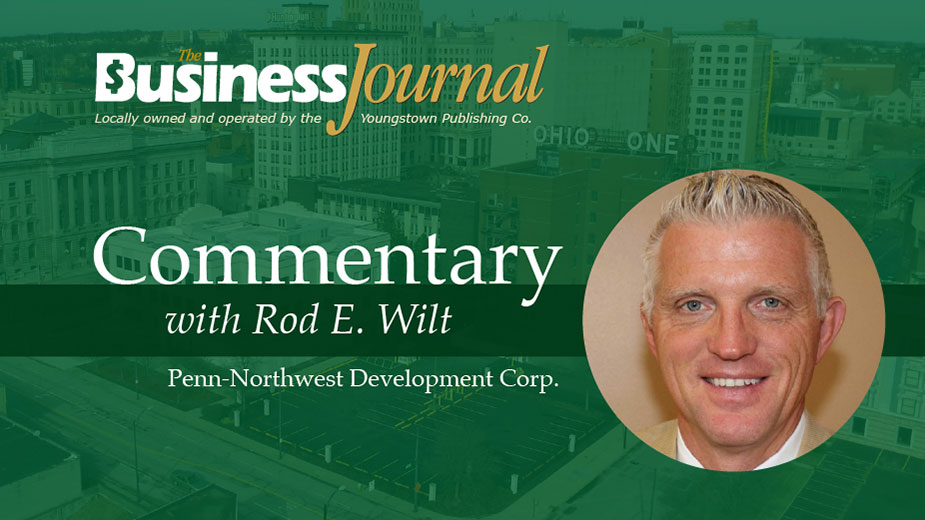Commentary: Energy Prices Closely Linked to Economic Development
By Rod Wilt; Executive Director, Penn-Northwest Development Corp.
HERMITAGE, Pa. — This year marks the 25th anniversary of energy competition and retail choice in Pennsylvania.
When the commonwealth first enacted the Electricity Generation Customer Choice and Competition Act of 1996, it was the beginning of more options, lower prices, and a diversified marketplace for energy sources.
Today, the results of the commonwealth’s leadership and foresight in energy competition continue to attract employers, support jobs, and benefit our communities.
I was a newly elected state representative in 1997 when the Public Utility Commission began implementing the rules for Pennsylvania’s new competitive generation market. Before these important changes, Pennsylvanians had to buy their electricity at a pre-fixed rate from a regionally assigned supplier. These suppliers controlled the generation, transmission, and distribution of the power they produced.
Electricity was expensive at the time. Pennsylvania consumers were paying approximately $10 billion per year for their electricity. As of May 2021, the average Pennsylvania commercial electricity rate is now 28% below the national average. This is a significant savings that matters to existing employers, and those considering doing business in Pennsylvania.
After my time in the legislature, I managed investments in nearly 3,500 multifamily apartment units in several different markets. Competitive power markets like Pennsylvania’s not only provide renters affordable energy options, but they allow owners to create value by locking in lower rates over longer periods of time. Competitive markets also empower customers to exercise choice with respect to how their energy is generated.
PJM is the regional transmission organization that coordinates the movement of wholesale electricity in Pennsylvania, and in all or parts of 13 states and the District of Columbia. State Sen. Gene Yaw, in his capacity as chairman of the Senate Environmental Resources and Energy Committee, recently pointed out in a letter to Federal Energy Regulatory Committee Chairman Richard Glick, that the current competitive structure of PJM is estimated to produce “an annual savings of $3 billion to $4 billion for customers across its entire footprint.
In addition, opening Pennsylvania generation suppliers to PJM-wide demand has led to billions of dollars of investment into new shale gas generation here in Pennsylvania. This has led to considerable reductions in methane emissions, while creating family-sustaining jobs for Pennsylvanians and greater access to low-cost, clean natural gas-produced electricity for other states in the region.
Today, I am an advocate working to keep and attract jobs to Pennsylvania’s northwest region, and our competitive electric and overall energy prices are an economic development tool worth talking about. Electricity costs are a big deal for businesses like manufacturers, distribution centers and health care facilities.
Saving money on electricity means more resources to invest in product innovation, worker safety and job training. Business owners and site selection professionals seriously consider competitive energy costs a key factor when assessing locations for business expansion. This is a big reason why northwest Pennsylvania is open for business!
Published by The Business Journal, Youngstown, Ohio.


